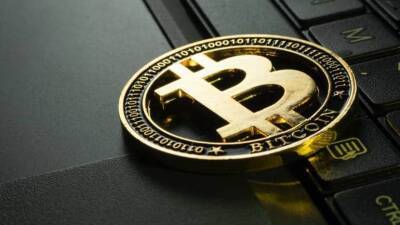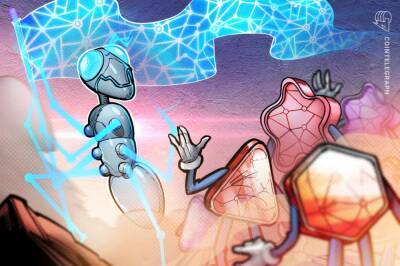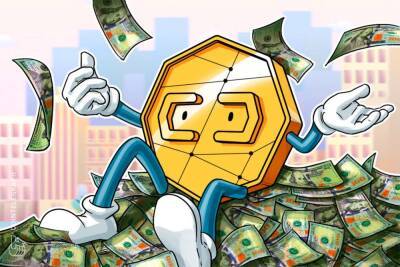How do you assess the value of an NFT?
There is no rule book on how to assess an NFT valuation. The metrics you use for evaluating private companies or conventional investment vehicles such as shares are simply not applicable to NFTs. Usually, the payment rolled out by the last buyer gives some indication of the value. For NFTs, however, it is hard to guess what the next buyer might pay, depending on their estimates.
Most buyers lack the skills to ascertain the value of NFTs logically and base their quotes on guesswork. For sellers too, it is hard to determine what they might end up receiving for the tokens they hold. Over time, the value of NFTs is driven by a perception over which both buyers and sellers may lack any control.
An example can bring home the point even better. An artwork NFT might be in great demand for a certain time, with possible buyers assuming it is rare and expecting to derive value in near future. Then, all of a sudden, they may discover that the digital image is available on the Internet for free and there might be no buyers left for the NFT.
Related: Nonfungible tokens: How to get started using NFTs
Artwork NFTs of renowned artists or tokens associated with tangible assets of repute might have defined values. In most cases, however, investors and traders find it hard to determine what an NFT is worth.
Demand for an NFT is directly proportional to its perceived scarcity but how can you tell how rare an NFT is? Unique artworks from renowned illustrators might make good examples of rare NFTs as will the tokens minted by top-grade celebrities. Some rare game items can also successfully call for this category. Rarity factor brings in plenty of intrinsic value to these NFTs.
An immutable proof of ownership gives the holder of the NFT a sense of
Read more on cointelegraph.com



















